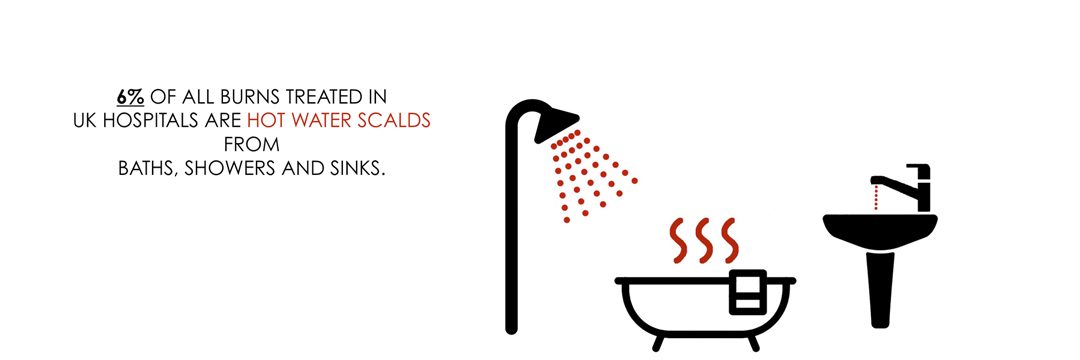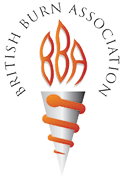- Is best accomplished by cooling and covering initially
- Intravenous opiate / opioid, titrated to effect in adults with anti-emetic.
- Intranasal diamorphine is an option to be considered/adopted in children
- Entonox should only be used when above options unavailable (difficult to administer, varying efficacy and decreased oxygen delivery)
References
- 8. Allison K. The UK pre-hospital management of burn patients: current practice and the need for a standard approach. Burns 2002;28:135-42.
- 12. Hodson AH. Treating burns by initial cooling. J R.Soc.Med 1992;85:121.
- 35. Coats TJ, Edwards C, Newton R, Staun E. The effect of gel burns dressings on skin temperature. Emerg.Med J 2002;19:224-5.
- 48. Kendall JM, Reeves BC, Latter VS. Multicentre randomised controlled trial of nasal diamorphine for analgesia in children and teenagers with clinical fractures. BMJ 2001;322:261-5.
- 49. Chambers JA,.Guly HR. Prehospital intravenous nalbuphine administered by paramedics. Resuscitation 1994;27:153-8.
- 50. Phillips GD. First aid in disasters. Med J Aust. 1980;2:420-4.
- 51. Wilson JA, Kendall JM, Cornelius P. Intranasal diamorphine for paediatric analgesia: assessment of safety and efficacy. J Accid.Emerg.Med 1997;14:70-2.

